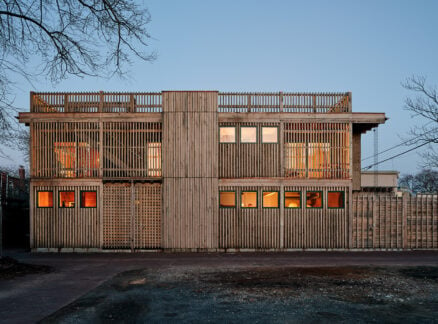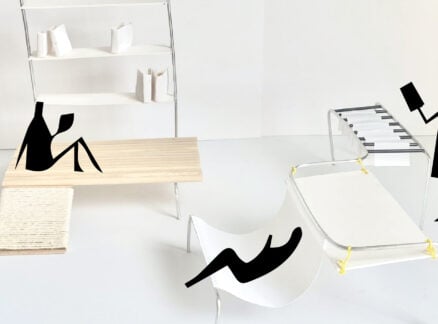
May 10, 2017
Artist Preserves ISIS-Damaged Artifacts in Sculpture
Sculptor Piers Secunda’s new collection, ISIS Bullet Hole Paintings, documents the cultural artifacts endangered under ISIS.
Politically charged art may just be more popular than ever. Pop culture icons such as Bansky have created their image entirely based on semi-offensive socio-political art. But while artists may increasingly address sensitive subject matter in their works, they rarely come in contact, first hand, with the issues they portray. Just last year, for example, Ai Wei Wei came under fire for his controversial depiction of himself as a dead Syrian refugee child, washed up on the shores of a rocky beach, mimicking the now iconic photo. It is easier to observe from the sidelines, as an artist, than enter the front lines of political unrest.
But this is exactly what Piers Secunda, a sculptor based in London, does. He has been in military camps in China, government subsidized neighborhoods in Jamaica, and, most recently, ISIS territory in the Middle East; the experiences inform the materials and subjects of his sculptures. Secunda crafts all his sculptures using hardened industrial floor paint, which possesses a half-life of 150+ years, and the imprints of bullets left on fragments of built structures. By sculpting purely out of paint he defies the traditional applications of the medium and blurs the line between the one dimensional medium and its two dimensional counterpart, sculpture.
His work can trace its origins to an artist residency Secunda took up almost a decade ago. He and a colleague talked themselves into a military base camp on the outskirts of Pudong, China. In return for designer cigarettes and booze, the soldiers agreed to a shooting game, proposed by Secunda, who later used the shut-upon molds for his first Bullet Hole project. But while the project began almost as an aesthetic exercise, it has since taken on a more profound mission. His work today is both a testament to the cultural narratives preserved within the sculptures and the violent aggressions currently attempting to eradicate them.
In his most recent collection, ISIS Bullet Hole Paintings, Secunda uses a series of tripdych and diptych paintings to depict the before and after images of historically relevant icons in the Middle East. In each piece, there is an original mold, and hung by its side, the damaged mold, delineating the destruction and degradation of cultural objects that have occurred since the takeover of ISIS and other extremist groups. The figures in each mold are similarly defaced; the removing of identity is a common brutalization inflicted by extremists who seek to wipe out any culture that is not their own.

Secunda is driven by a desire to document the present. Happenings in daily life, according to Secunda, are just as important as those recorded in history books. Thus the individual pieces cover a vast array of history, spanning carvings from the Ottoman empire to Mesopotamia and Egypt, and reveal both mundane everyday events—farmers herding horses, women carrying vases of water—and greater moments in history. The collection is a diary of cultures that have passed through the region and that now remain at the mercy of ISIS.
Secunda offers no quick fix or resolution. He is concerned with creating a “geopolitical texture” in his work, while resisting letting any personal bias infiltrate it. “There is no right or wrong in the situation, it’s not my place to say,” Secunda acknowledges. He is instead cataloguing what is happening today, documenting it, saving it for a future date when the violence is resolved, and we have a new unrest at hand.
When asked where he will be next, Secunda shrugs. Perhaps, he says, he will revisit one of the older destinations and do a continuation of the narratives he was unable to finish during his first visit there. Wherever he goes, perilous though it may be, it will be to a destination rich with stories, deserving of preservation, yet in danger of extinction.













